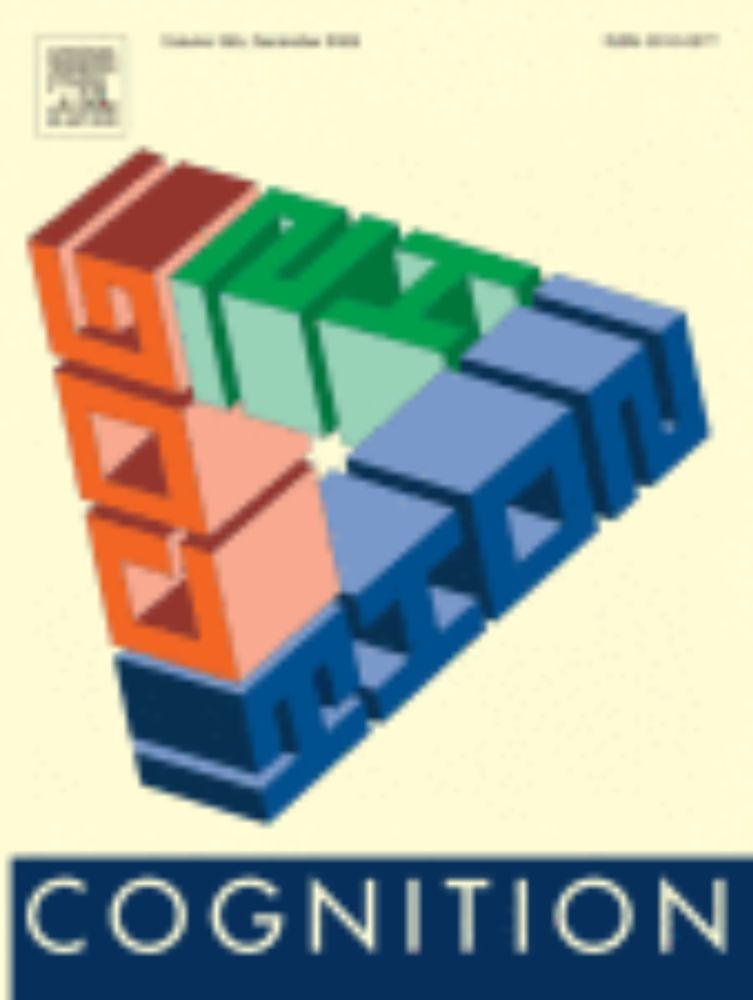Henrik Singmann
@singmann.bsky.social
1K followers
1K following
190 posts
Associate Professor at UCL Experimental Psychology; math psych & cognitive psychology; statistical and cognitive modelling in R; German migrant worker in UK
Posts
Media
Videos
Starter Packs
Pinned
Henrik Singmann
@singmann.bsky.social
· Apr 27

Extreme-Value Signal Detection Theory for RecognitionMemory: The Parametric Road Not Taken
Signal Detection Theory has long served as a cornerstone of psychological research, particularly in recognition memory. Yet its conventional application hinges almost exclusively on the Gaussian…
doi.org
Reposted by Henrik Singmann
Reposted by Henrik Singmann
Reposted by Henrik Singmann
Reposted by Henrik Singmann
Reposted by Henrik Singmann
Reposted by Henrik Singmann
Reposted by Henrik Singmann
Reposted by Henrik Singmann
Reposted by Henrik Singmann



















